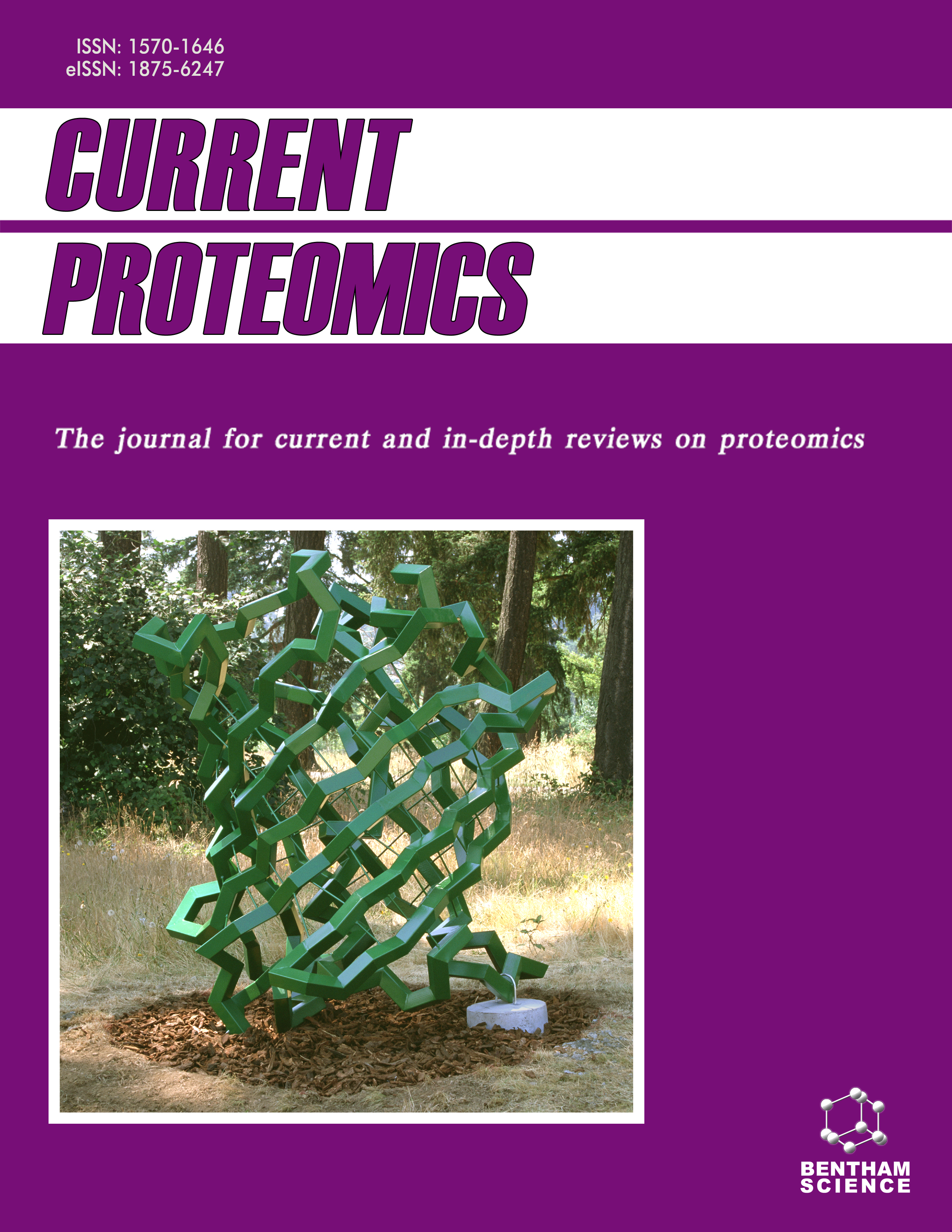
Full text loading...
The GCF, created by Professor Liu Shenlin, an esteemed expert in traditional Chinese medicine, is rooted in principles to improve blood flow, relieve blood congestion, clear heat, and detoxify the body. Developed as an empirical formula, it holds significance in CRC treatment.
This study aimed to predict and confirm the active elements, possible targets, and molecular mechanisms against colorectal cancer (CRC) in the GCF enema formula.
Using the Traditional Chinese Medicine Systems Pharmacology Database and Analysis Platform (TCMSP), we screened active elements and drug targets. Colorectal cancer (CRC)-related targets were collected from the Online Mendelian Inheritance in Man (OMIM) database, Disease Gene Network (DisGeNET) database, and Therapeutic Target Database (TTD). The overlap between action targets of all active elements and CRC-related targets was determined to find common targets. A Protein-Protein Interaction (PPI) network of common targets was built using the String database, and Cytoscape software was used for visual analysis to identify core targets. Simultaneously, the common targets were analyzed using the Metascape database for Gene Ontology (GO) and Kyoto Encyclopedia of Genes and Genomes (KEGG) enrichment. Additionally, core targets and active elements were tested using Discovery Studio 2019 for molecular docking. Furthermore, the expression differences and prognostic impacts of core targets were examined across various cancer databases.
Screening revealed 90 active elements and 251 drug targets in the GCF. There were 6113 disease targets, with 113 common targets between CRC and the GCF. Core targets identified through PPI analysis included AKT1, STAT3, MYC, SRC, EGFR, and IL6. KEGG enrichment analysis uncovered 101 relevant pathways related to these targets. Molecular docking experiments confirmed favorable interactions between core targets and multiple active elements in the GCF. Additionally, examination of the Human Protein Atlas (HPA) database highlighted differential expression of core targets MYC and EGFR in normal colorectal tissue compared to CRC tissue.
The GCF, comprising a combination of three drugs, appears to counteract CRC by influencing core targets, such as AKT1, STAT3, MYC, SRC, EGFR, and IL6. This process involves regulating multiple cancer-related signaling pathways, notably the PI3K-AKT pathway.

Article metrics loading...

Full text loading...
References


Data & Media loading...
Supplements

